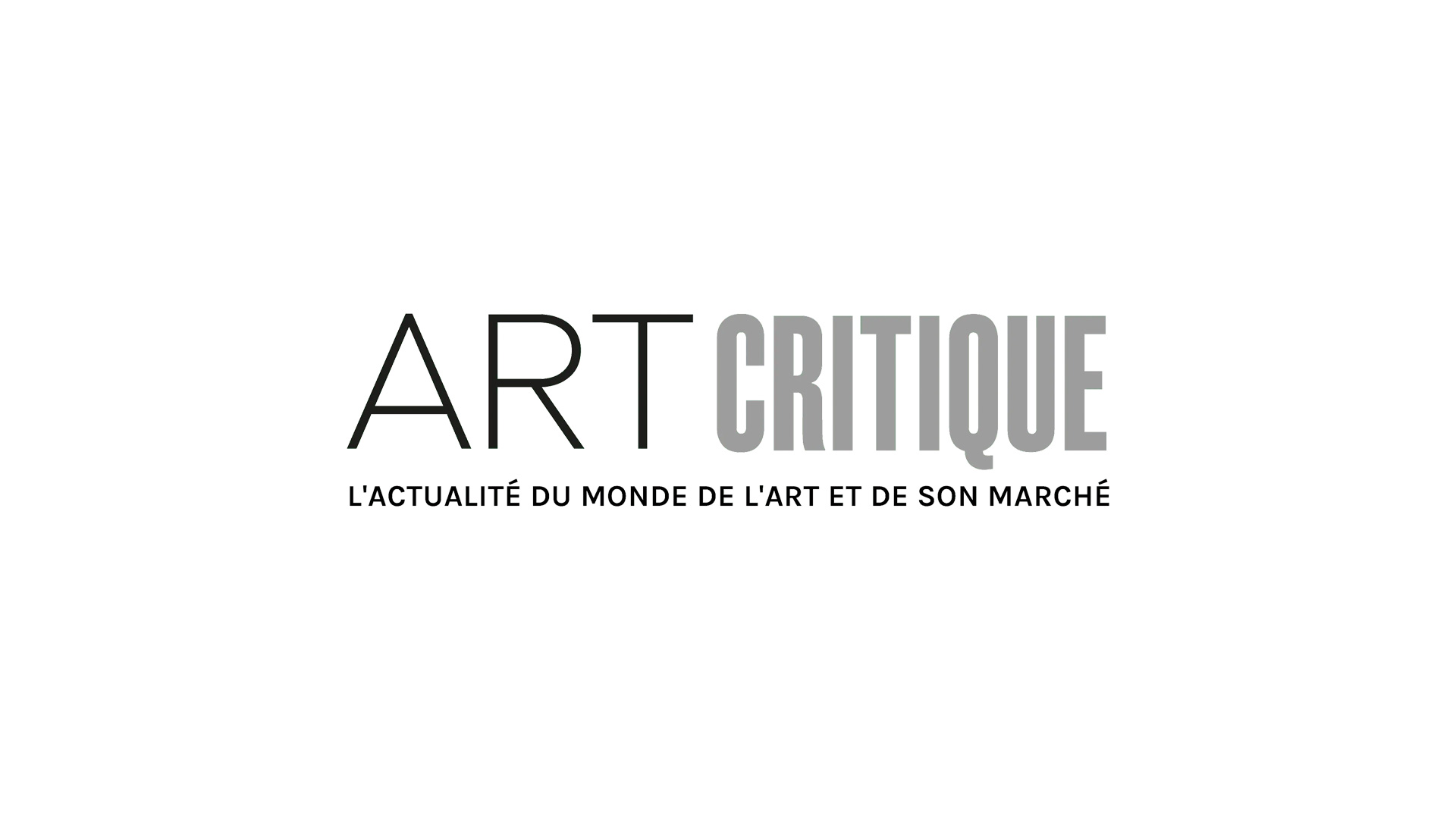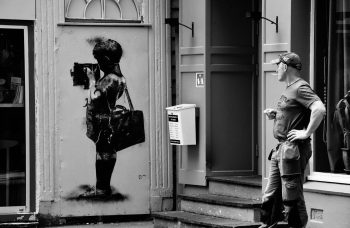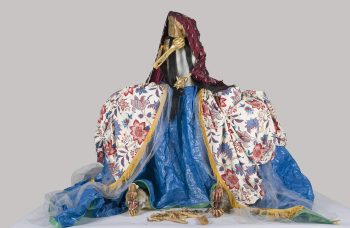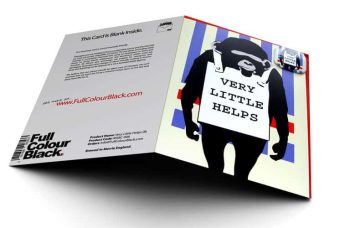It turns out that for the past 60 years, office-goers in one Brussels municipal building have had a pretty spectacular artwork to look upon. The Royal Institute for Cultural Heritage (KIK-IRPA) has announced that an original work by Jacques Jordaens, a Baroque Old Master from Antwerp, was found in an office at Saint-Gilles’ City Hall.
Painted four centuries ago, the Jordaens painting, titled The Holy Family, depicts the baby Jesus, Mary, Joseph, and Saint Anne, Mary’s mother. For decades, the painting hung in the Town Planning and Development Council’s office and was thought by everyone to be a mere copy of the original work. However, when KIK-IRPA historians were brought in to catalogue the city’s art collection of around 800 works, the painting was noticed and an “unprecedented discovery” ensued.
The painting has officially been authenticated and is the earliest version of Jordaens’ editions of The Holy Family. The artist went on to replicate the artwork three more times, which are now held in the collections of the Met in New York City, Hermitage in Saint-Petersburg, and the Alte PInakothek in Munich.
In the months following the painting’s discovery, KIK-IRPA researchers worked alongside experts from the Royal Museums of Fine Arts of Belgium and international Jordaens experts to analyse the artwork. Ultimately, it the work was attributed to Jordaens and is thought to have been executed between 1617 and 1618.
Furthermore, researchers reported in a statement that “a detailed analysis even revealed that the wood of the Jordaens panel comes from the same tree that was used in several compositions by Anthony Van Dyck, another Baroque Master. This finding strengthens the existing hypothesis that as young artists, Jordaens and Van Dyck were both active in Rubens’ studio.”
The painting is now set to undergo yet another year of research, during which, the painting will be restored. KIK-IRPA researchers are hoping to better understand the painting as well as Jordaens’ techniques as a young artist. Meanwhile, a varnish that has yellowed and darkened with time is expected to be removed and the base panel will be treated to better preserve the work. The painting will be unveiled to the public at the end of 2021 at the Royal Museums of Fine Arts Belgium.
“It’s an extraordinary moment of emotion to discover an original work by one of the greatest Baroque painters,” said KIK-IRPA art historian Constantin Pion. KIK-IRPA General Director had similar sentiments saying the “discovery really appeals to the imagination,” noting the importance of carrying out public heritage inventories.
Jordaens was born in Antwerp and in 1607, began working as an apprentice for Adam van Noort, who also mentored Rubens. A contemporary of both Rubens and Anthony van Dyck, Jordaens is the least studied of the three leading Flemish Baroque artists, despite having become the main painter in Antwerp following Rubens’ death.








